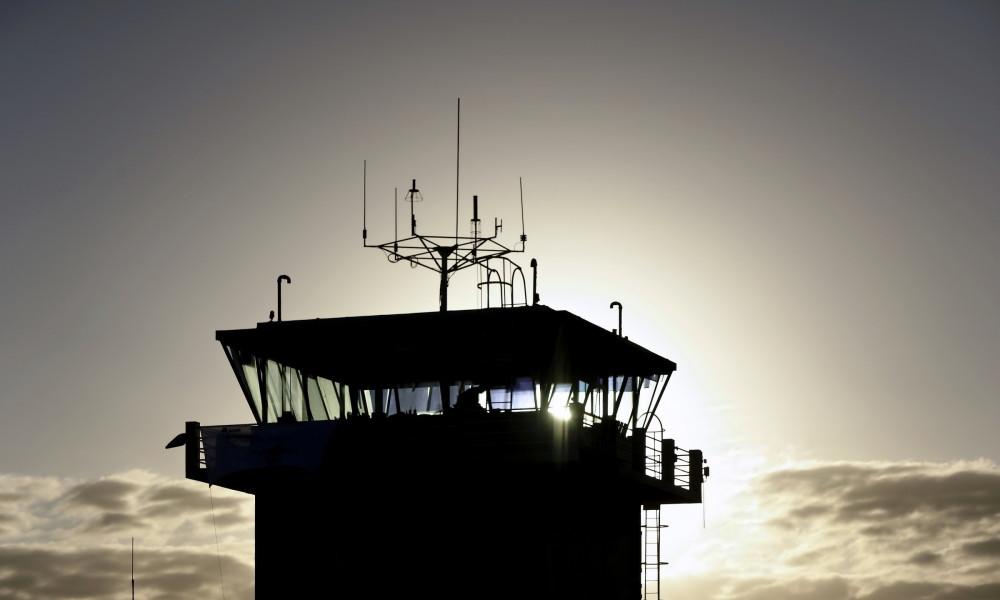

If the Transportation Department plan moves forward, the nation’s air traffic control infrastructure would be upgraded with fiber, wireless, and satellite technology.
The U.S. Department of Transportation wants to completely overhaul the technology at air traffic control towers across the United States.
The agency announced their plan to improve dated infrastructure to current standards, including new radios, radars, and weather stations.
Plan Calls for 25,000 New Radios, Over 600 Radars
The new air system plan was introduced by Transportation Secretary Sean Duffy. He has vocally championed a modernization plan in the week since reports of a 90-second air traffic control outage was reported at the Philadelphia air traffic control facility affecting Newark Liberty International Airport (EWR).
The actions are based around four infrastructure components: Communications, surveillance, automation, and facilities. Duffy identified the critical infrastructure which needs to be addressed includes installing 25,000 new radios, replacing over 600 radars which are past their life cycle, and adding 475 new voice switches. At over 4,600 air traffic control facilities across the U.S., the department wants to add new fiber, wireless, and satellite technology to improve monitoring and communications.
“Newer equipment, being deployed as part of the FAA’s NEXCOM program, offers improved clarity, reliability, and spectrum efficiency, critical for managing increasing air traffic,” the full proposal notes. “This transition, targeting the replacement of over 25,000 radios, is vital for maintaining controller-pilot communication, reducing delays, and aligning with global aviation standards.”
The plan also calls for adding six “new state-of-the-art Air Traffic Control Centers for the first time since 1960s,” which would create co-location of hard-to-staff and needed facilities. A total of 15 new ATC towers and 15 co-location TRACON centers would also be constructed by Fiscal Year 2028.
“Currently, the FAA replaces, on average, one control tower per year among the 377 FAA-owned towers in the agency’s inventory, resulting in a staggering 300-year timeline for full replacement,” the proposal states. “The agency’s aim is to significantly expedite this process, reducing the replacement timeline to a far more practical 80 years, which translates to replacing 4 to 5 towers annually.”
The plan was quickly endorsed by major aviation organizations, including Airlines for America and Airports Council International – North America. In a statement, ACI-NA president Kevin Burke praised the plan for addressing the “safety and efficiency issues” in the North American Aviation system.
“Whether it is updating our antiquated air traffic control system or clearing the backlog of on-airport safety projects, we applaud the steps President Trump, Secretary Duffy, and Congress are taking to prioritize safety,” Burke said in a statement. “Implementing a comprehensive plan will require strong collaboration among all aviation stakeholders, and airports look forward to rolling up our sleeves and getting to work.”
The move would not take place immediately. Many of the upgrade plans call for upgrades between 2025 and 2028. Projects that are expected to be completed by 2027 include radio replacement, radar replacement, surface awareness hardware deployments to 200 airports, and replacing Information Display Systems with modern technology.







